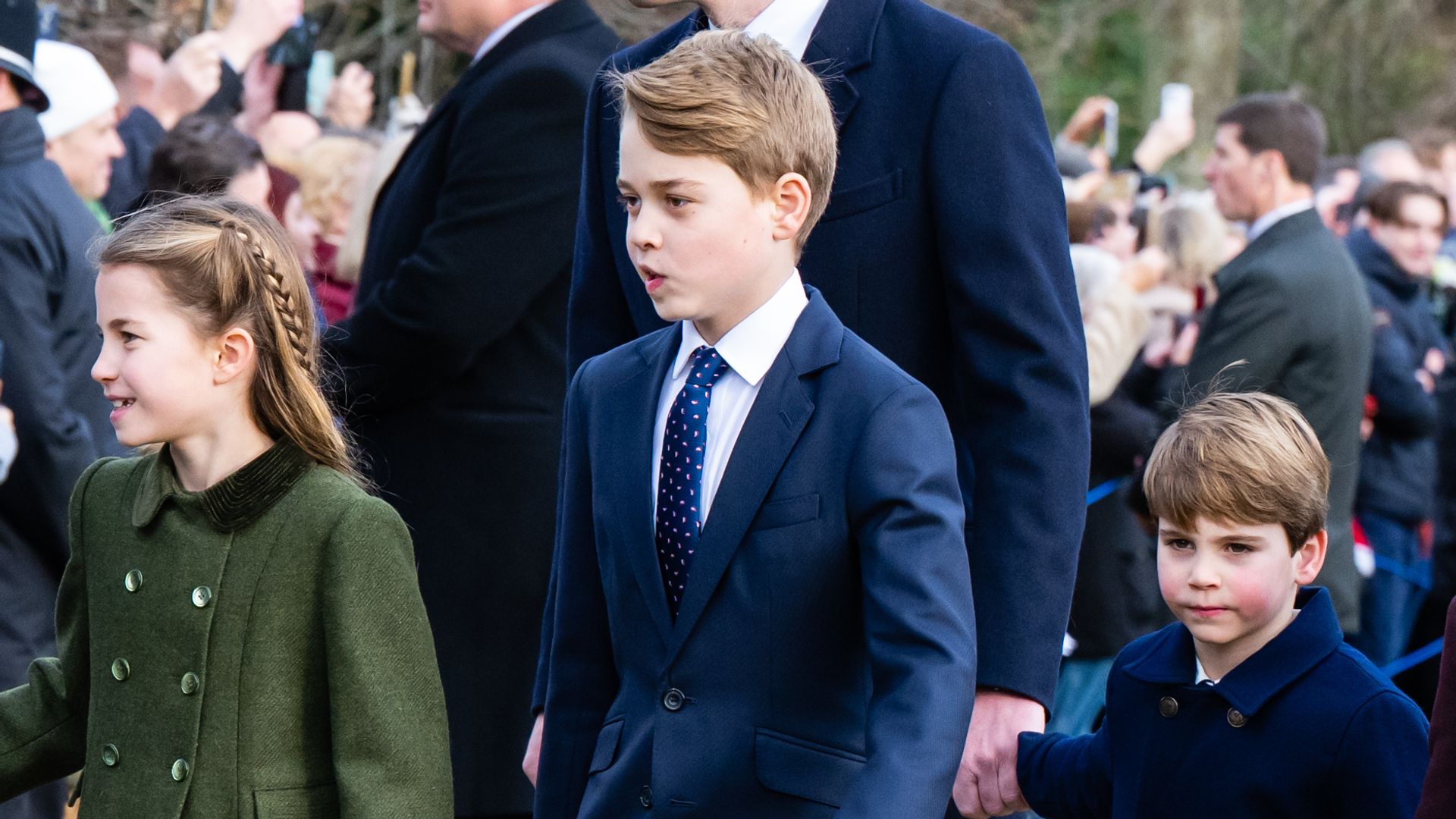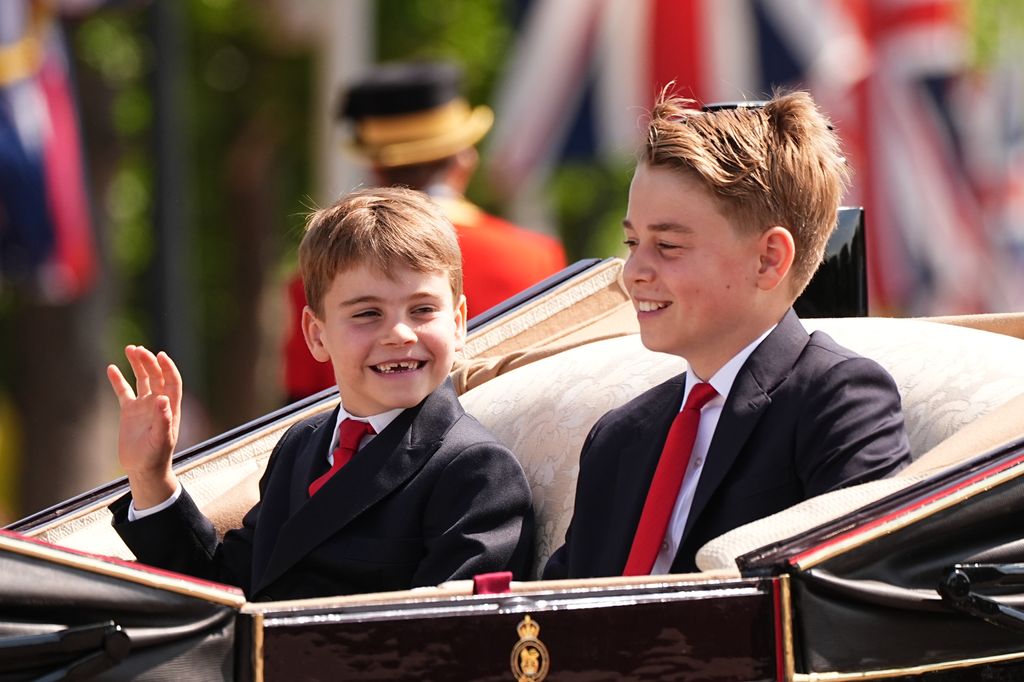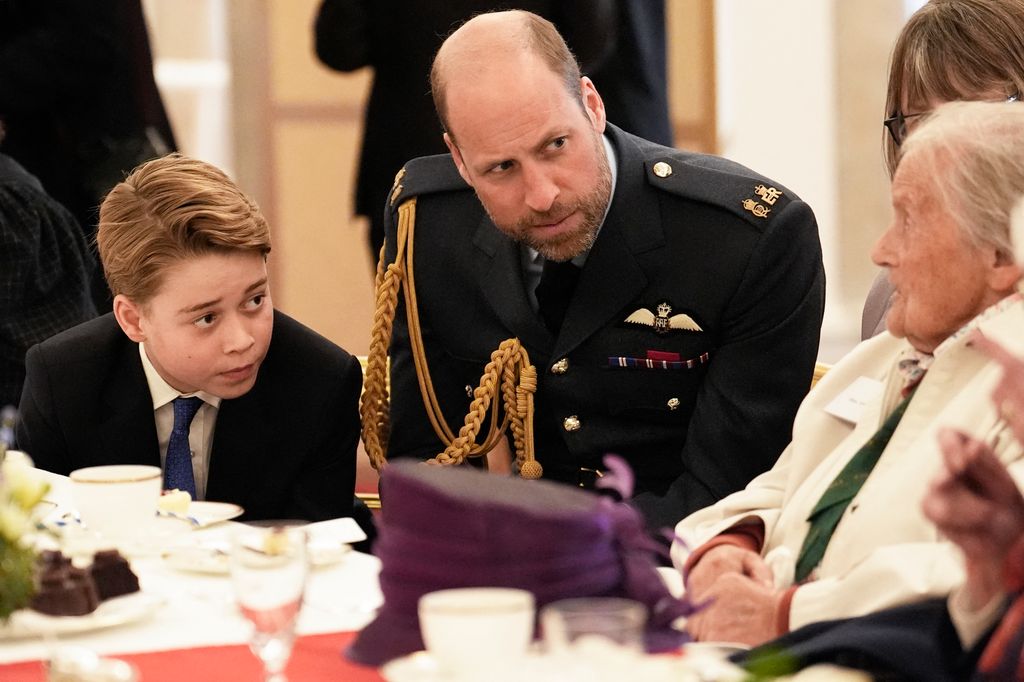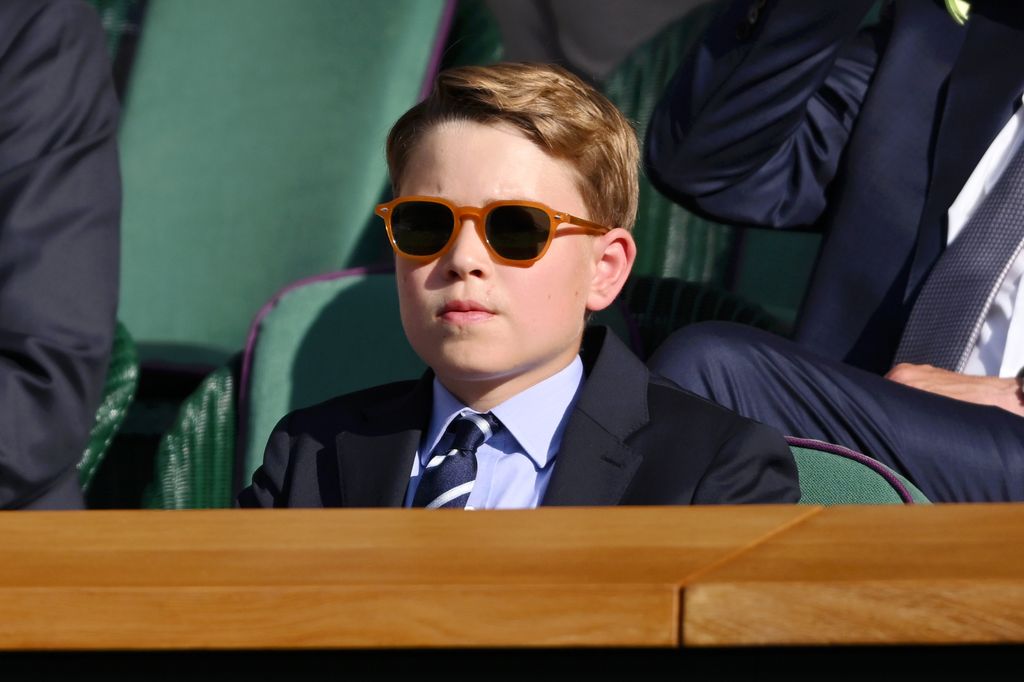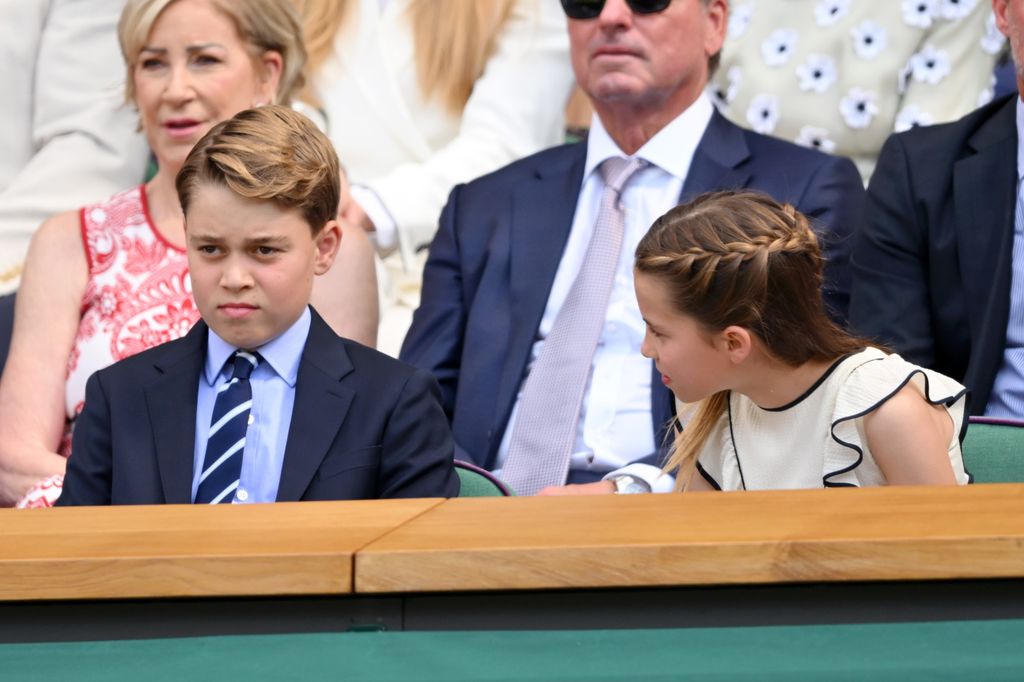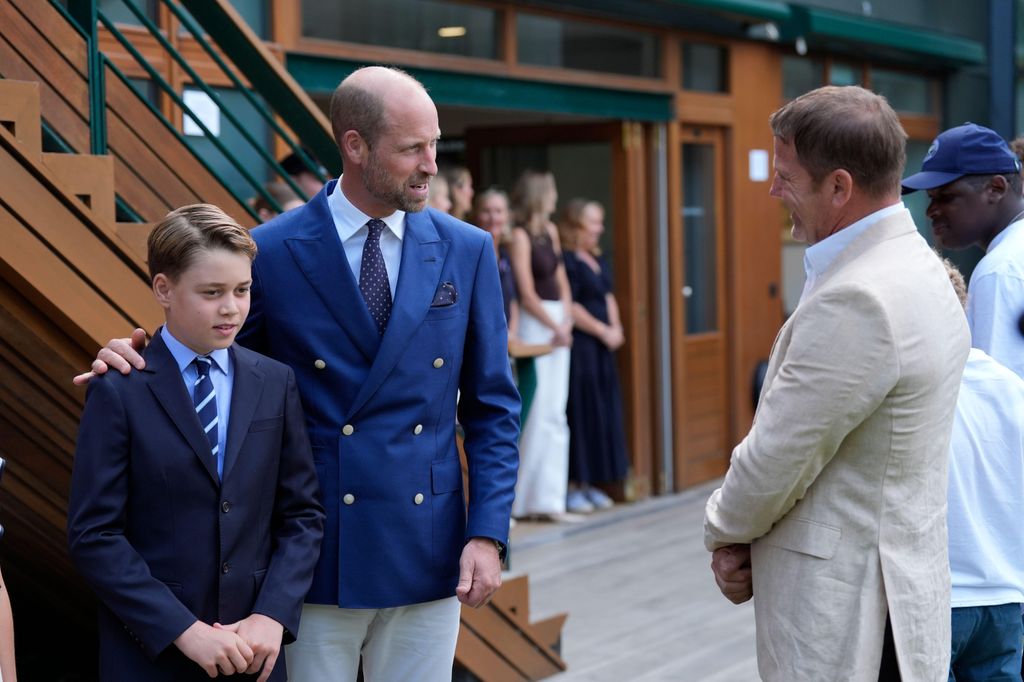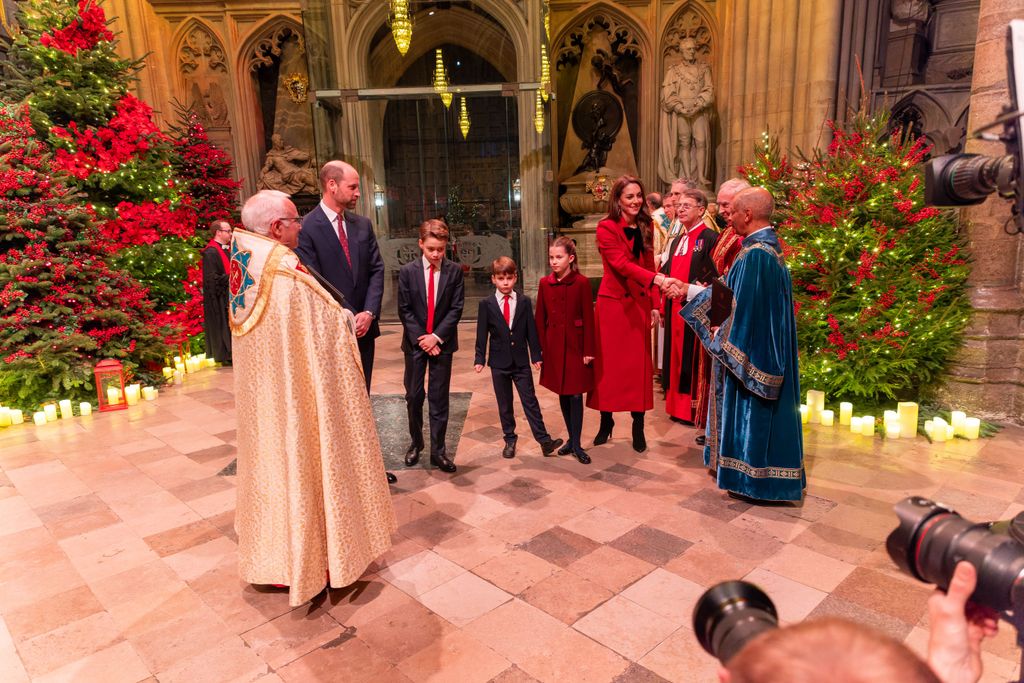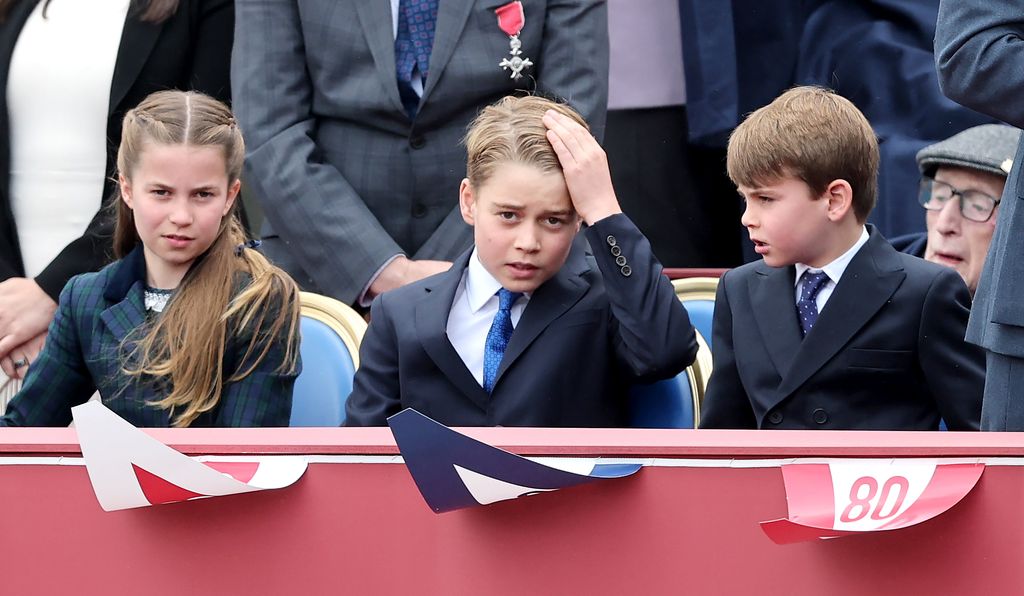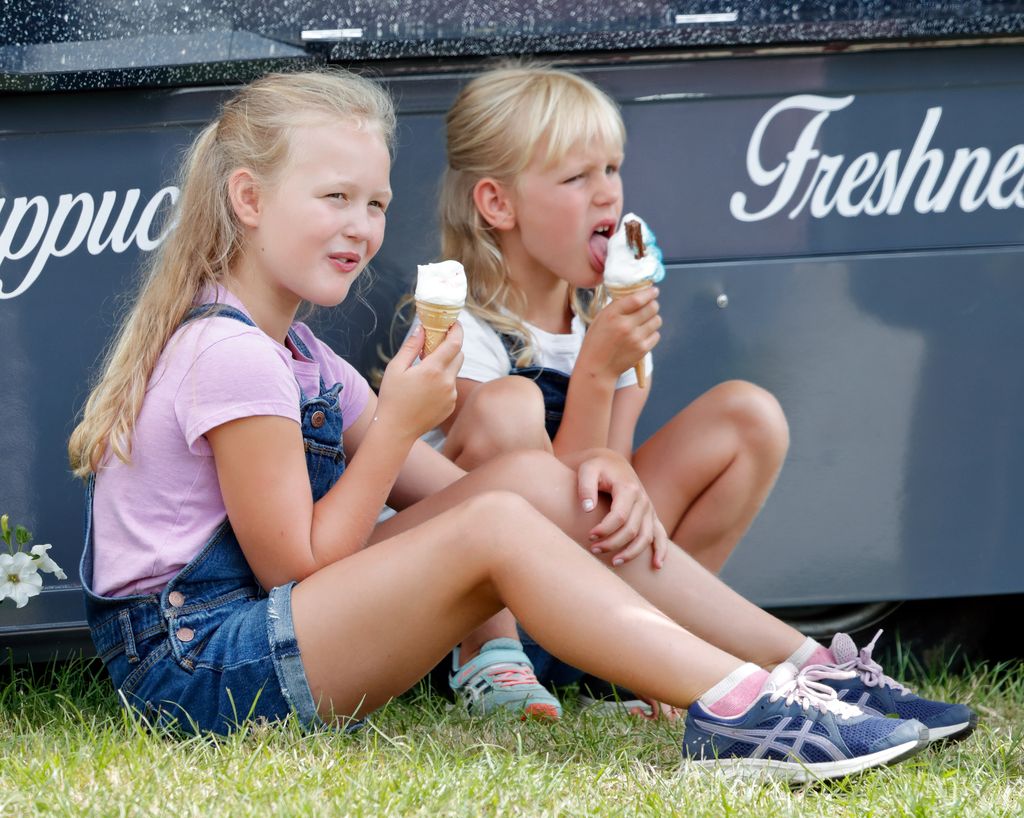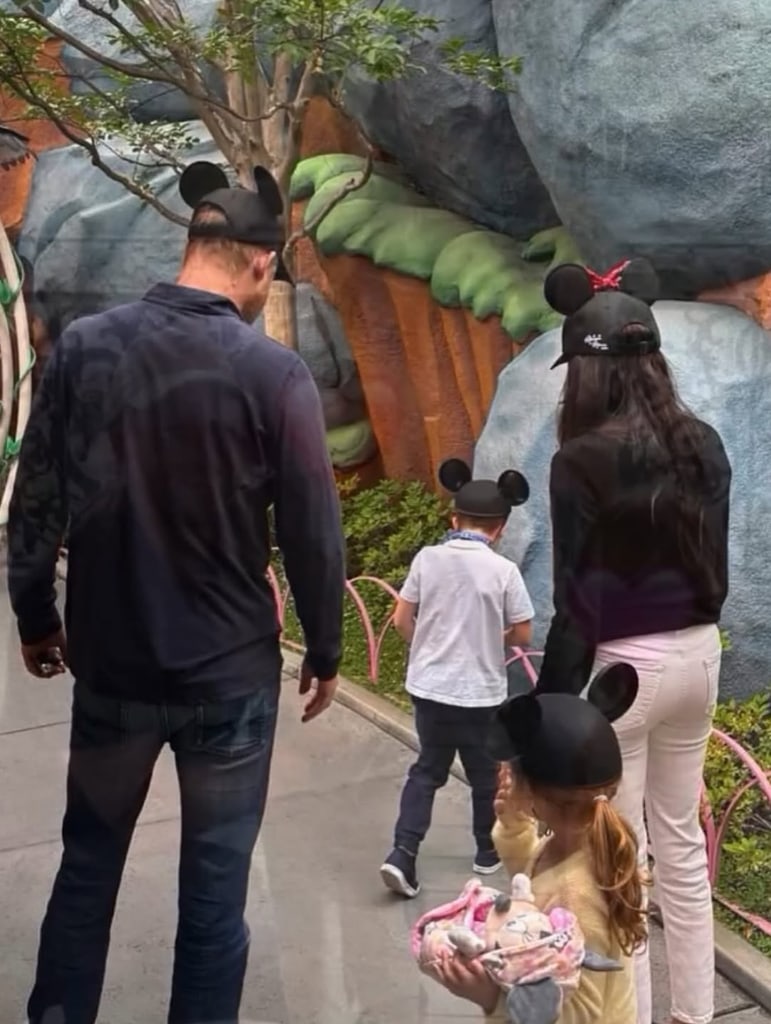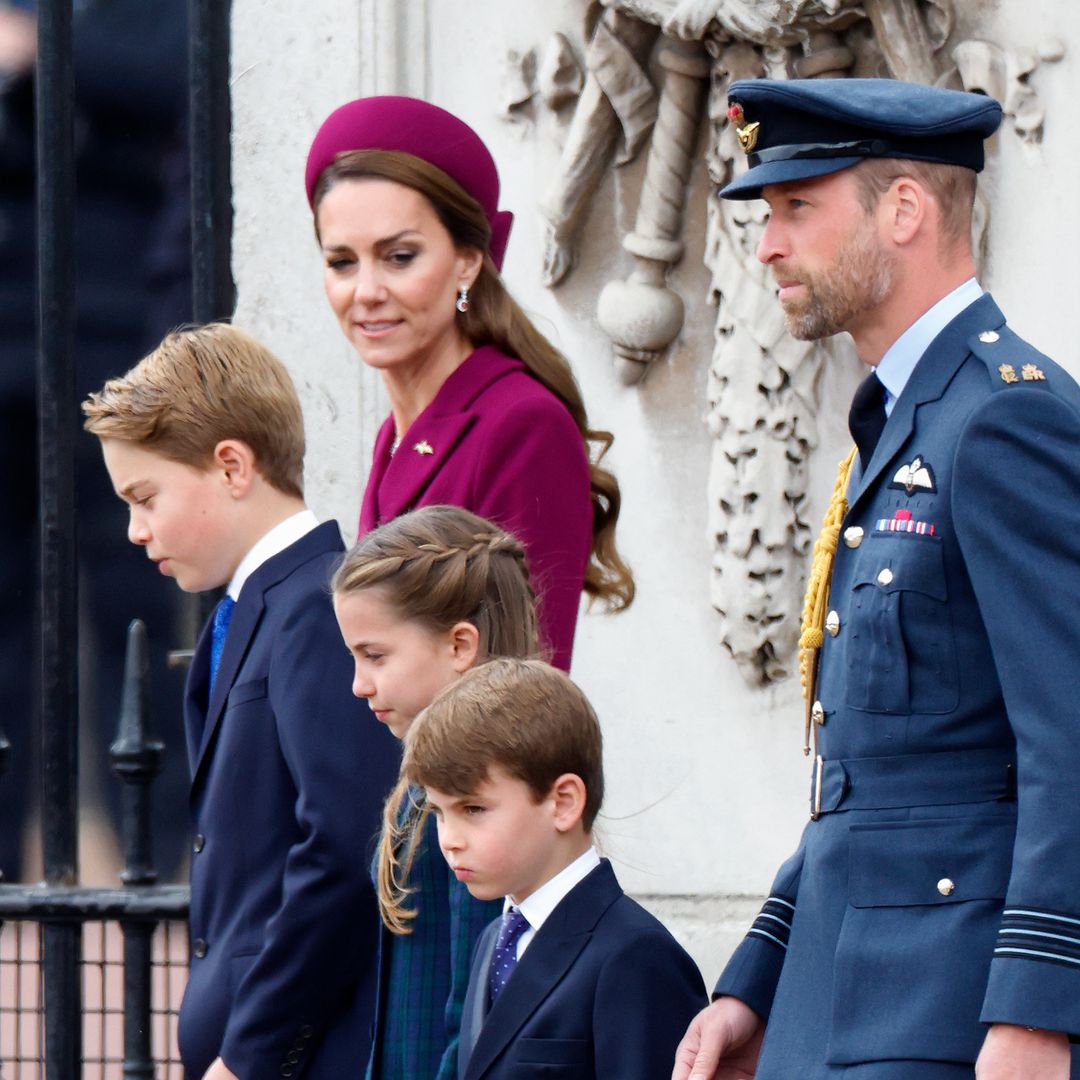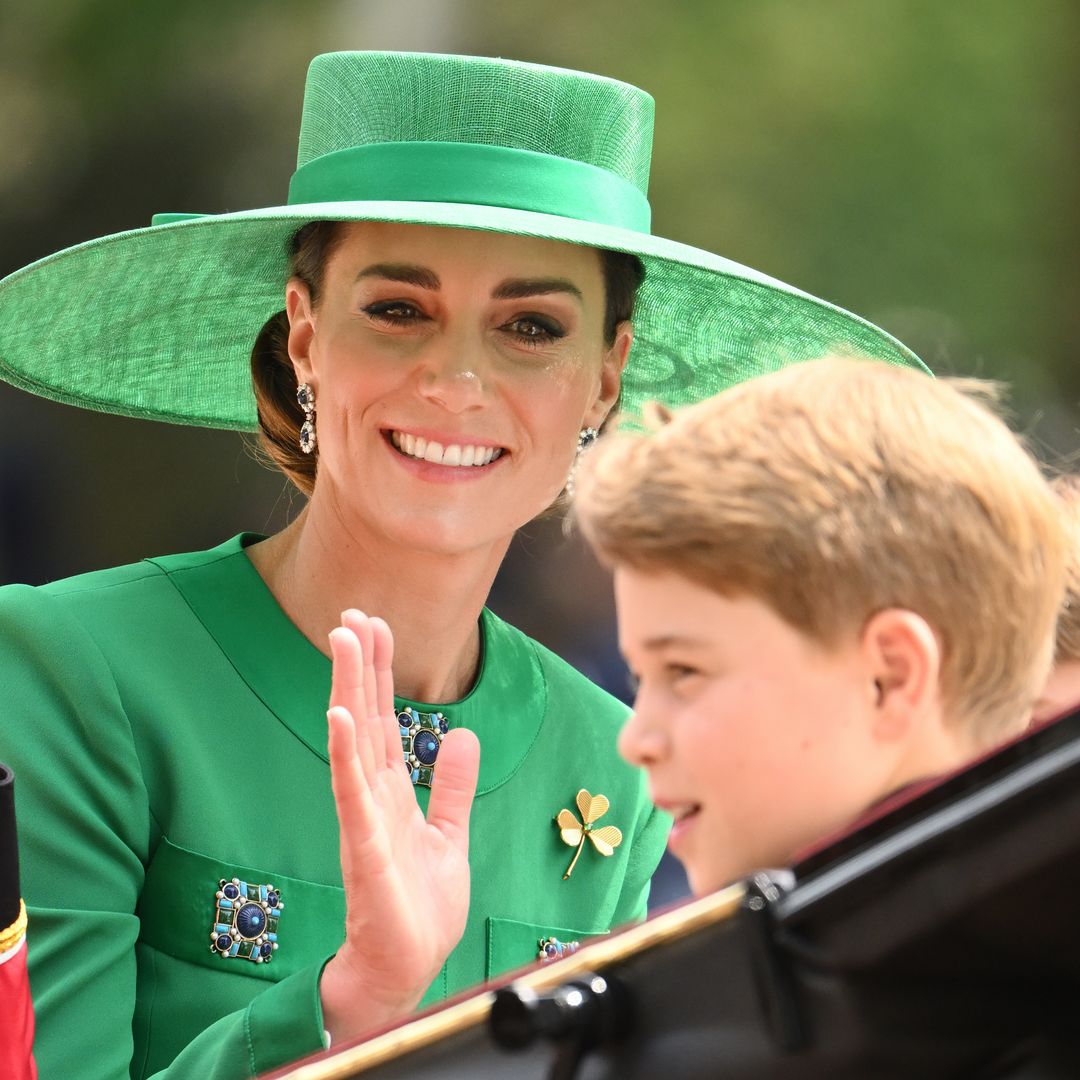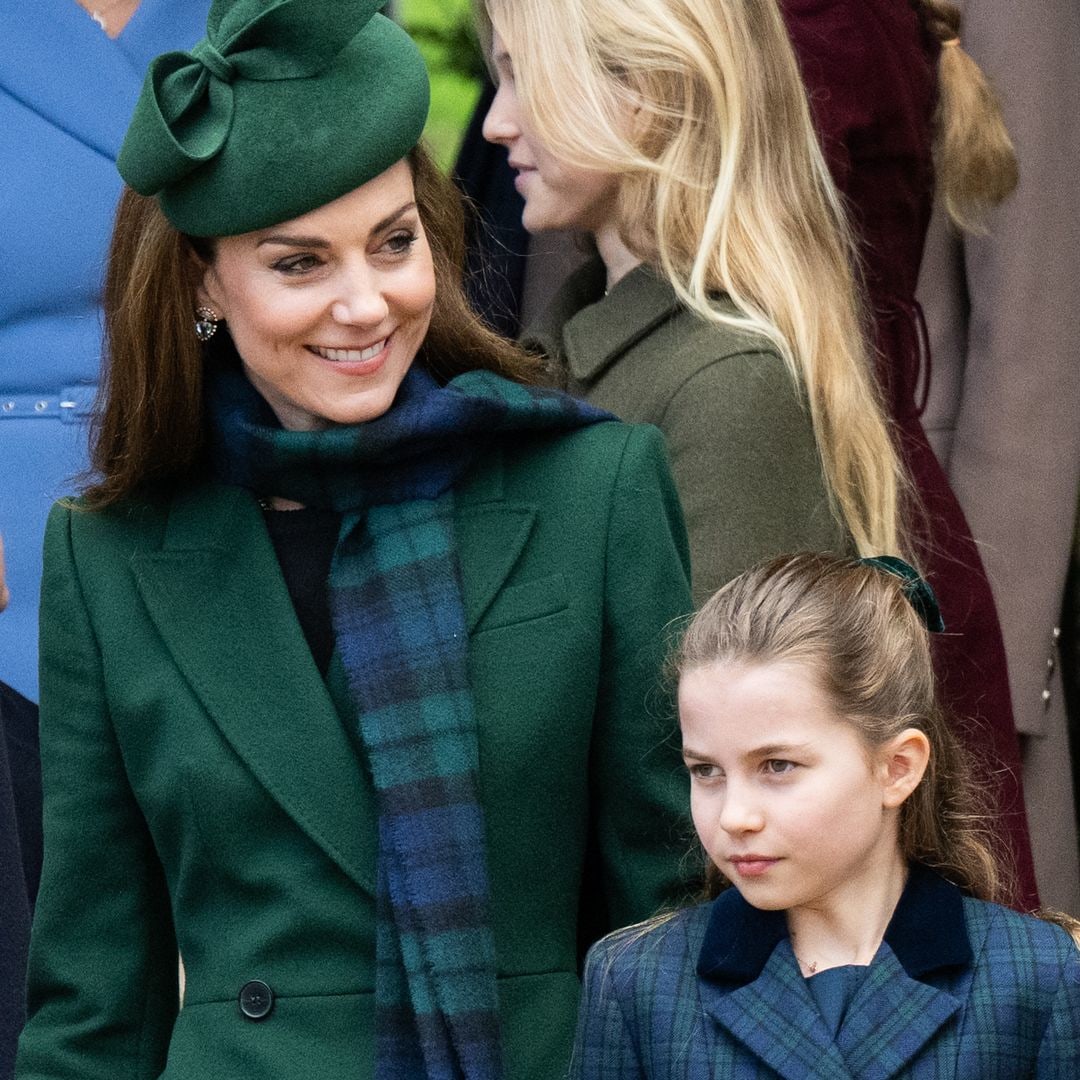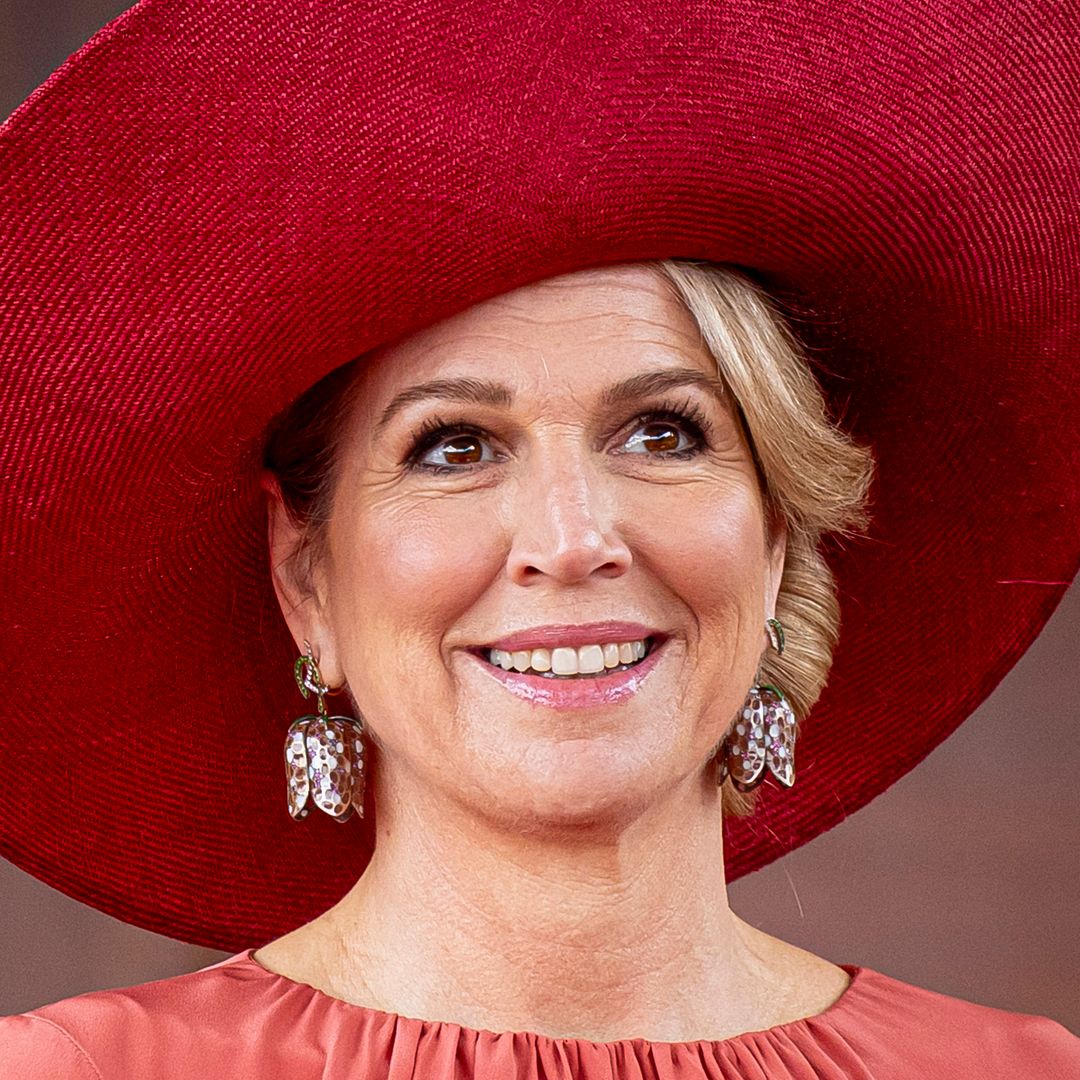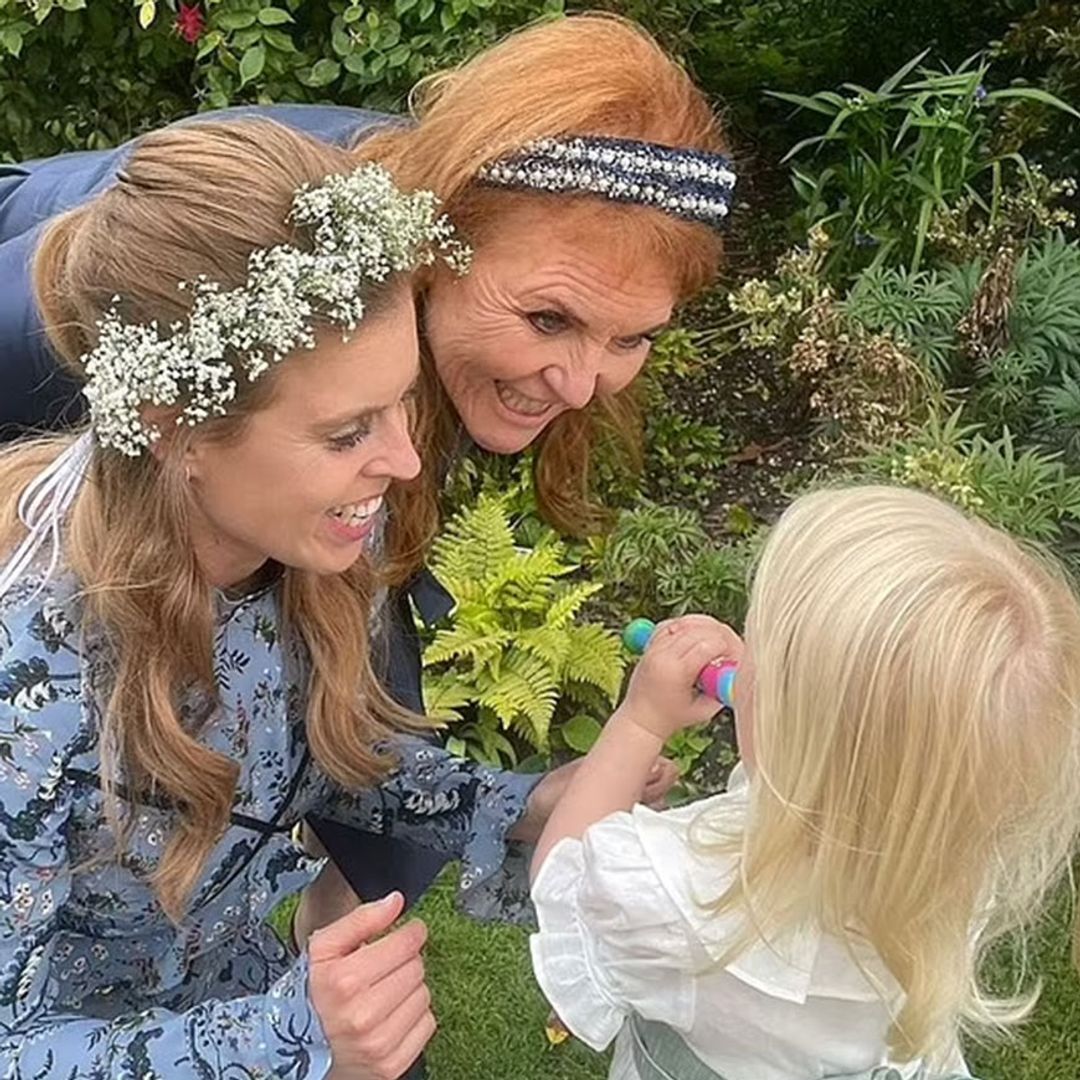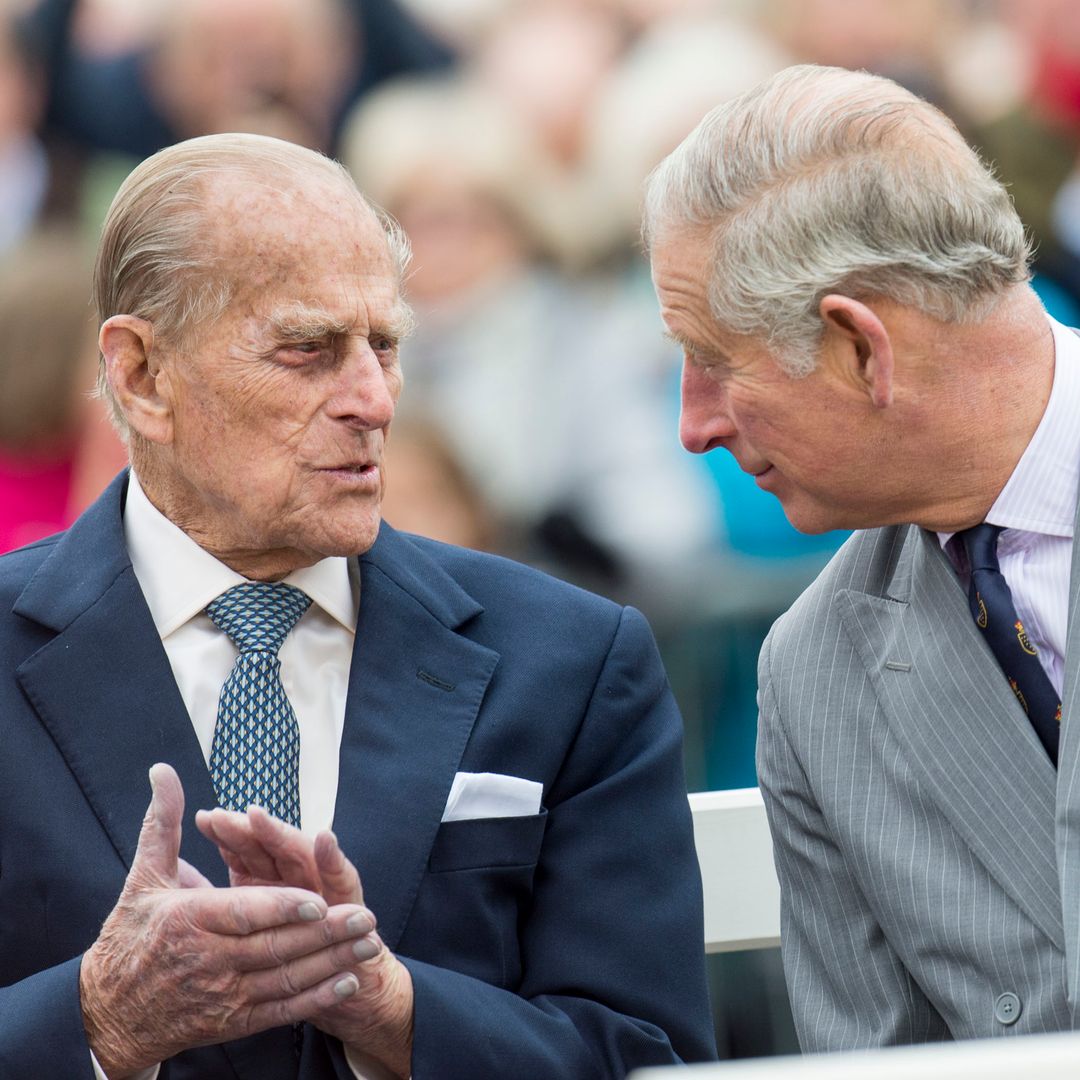While the Prince and Princess of Wales largely raise their children in private, their outings as a family of five offer glimpses into the kind of people Prince George, Princess Charlotte, and Prince Louis are blossoming into.
Observing the royal children on occasions such as Trooping the Colour and the Christmas walkabout offers insights into the trio's bond - and how, to an extent, their position in the family determines how they act.
With Prince George taking on a major first earlier this year with his first attendance at a tea party marking VE Day, it seems his role as a big brother, in which he is seen setting an example for his siblings, is starting to inform the leader he will one day become.
HELLO! spoke to Swift Psychology's child and adolescent therapist, Laura Gwilt, to find out how George's position among his siblings may align with his role as William's heir.
A king in the making
"Research is clear that birth order is not a fixed determinant of behaviour, with temperament, parenting style and life experiences playing equally important roles," Laura tells us.
"Even so, large-scale studies have found consistent patterns that can offer useful insight into how family roles may develop. In the royal household, these patterns are layered with additional influences such as public life, tradition and, in the case of the Wales children, the historic 'heir and spare' distinction.
"This combination can subtly shape how each child experiences their role within the family."
When it comes to 12-year-old Prince George, his position as the eldest and future heir will simultaneously shape the person he is.
"[George] may grow up with a heightened sense of responsibility. Research into birth order consistently finds that first-borns often adopt a role-model position within their family, displaying higher conscientiousness and leadership tendencies," Laura explains.
"In a public-facing family, these qualities can be reinforced by an awareness of the expectation to 'set the standard'. This can foster confidence and maturity, but also increase the pressure to meet perceived obligations.
How are Charlotte and Louis' positions different?
In contrast, Laura says that, as the middle child, Princess Charlotte's role is less defined, so she could become adaptable and more socially perceptive. Meanwhile, youngest siblings are frequently associated with creativity, sociability and humour – something Louis certainly has in abundance!
Though Prince George's outings are limited at this age and, mostly, involve both of his siblings, over time, he will start to take on duties that prepare him for the future.
"In families with a clearly defined path for one child, as with an heir, contrasts between siblings can become sharper," Laura says.
"The heir's trajectory offers structure and visibility but brings scrutiny. Siblings may enjoy greater freedom to shape their own identities, though with less certainty about their roles. Research on hierarchical and high-profile families suggests this mix can foster resilience and self-direction, provided each child’s contribution is recognised and valued in its own right."
Two-child families
The Wales family dynamic could differ from a family like Peter Phillips', where he has just two children, Savannah and Isla, or even Prince Harry and Meghan Markle's two-child family.
"In families with only two children, the differences between first-born and second-born can be more pronounced," Laura tells us.
"The eldest may take on a more organising or guiding role, while the younger may compete directly or deliberately choose a different path to establish their own identity."
